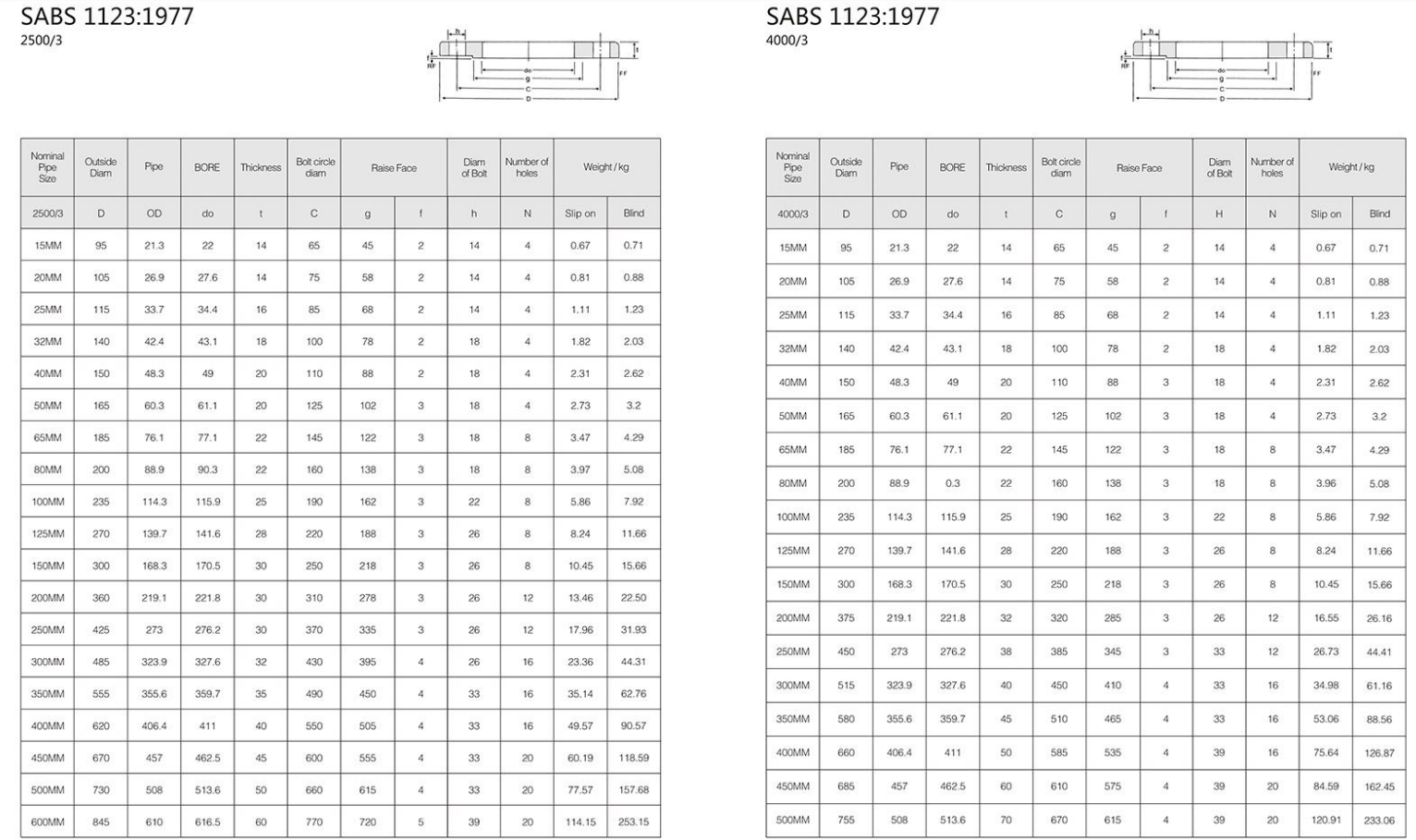-
Cangzhou Yulong Steel Co., Ltd.
-
Phone:
+86 13303177267 -
Email:
admin@ylsteelfittings.com
- English
- Arabic
- Italian
- Spanish
- Portuguese
- German
- kazakh
- Persian
- Greek
- French
- Russian
- Polish
- Thai
- Indonesian
- Vietnamese
- Zulu
- Korean
- Uzbek
- Hindi
- Serbian
- Malay
- Ukrainian
- Gujarati
- Haitian Creole
- hausa
- hawaiian
- Hebrew
- Miao
- Hungarian
- Icelandic
- igbo
- irish
- Japanese
- Javanese
- Kannada
- Khmer
- Rwandese
- Afrikaans
- Albanian
- Amharic
- Armenian
- Azerbaijani
- Basque
- Belarusian
- Bengali
- Bosnian
- Bulgarian
- Catalan
- Cebuano
- China
- China (Taiwan)
- Corsican
- Croatian
- Czech
- Danish
- Esperanto
- Estonian
- Finnish
- Frisian
- Galician
- Georgian
- Kurdish
- Kyrgyz
- Lao
- Latin
- Latvian
- Lithuanian
- Luxembourgish
- Macedonian
- Malgashi
- Malayalam
- Maltese
- Maori
- Marathi
- Mongolian
- Myanmar
- Nepali
- Norwegian
- Norwegian
- Occitan
- Pashto
- Dutch
- Punjabi
- Romanian
- Samoan
- Scottish Gaelic
- Sesotho
- Shona
- Sindhi
- Sinhala
- Slovak
- Slovenian
- Somali
- Sundanese
- Swahili
- Swedish
- Tagalog
- Tajik
- Tamil
- Tatar
- Telugu
- Turkish
- Turkmen
- Urdu
- Uighur
- Welsh
- Bantu
- Yiddish
- Yoruba

Aug . 16, 2024 21:40 Back to list
Exploring the Functionality and Applications of Dredge Pumps in Water Management and Construction
Understanding Dredge Pumps An Essential Tool for Marine and Civil Engineering
Dredge pumps are specialized equipment used primarily in the dredging industry for excavation and transportation of sediment, gravel, and other materials from underwater to the surface. These pumps play a crucial role in various maritime and civil engineering projects, including port development, land reclamation, and the maintenance of waterways. Understanding how dredge pumps function, their types, and applications can help appreciate their importance in modern engineering practices.
How Dredge Pumps Work
Dredge pumps operate by creating a vacuum that lifts material from the seabed or riverbed and pumps it through pipelines to a designated location. The pump's design is specifically tailored to handle abrasive materials while maintaining efficiency over long distances. They typically use centrifugal or positive displacement mechanisms, which allow them to manage heavy loads of slurry—a mixture of water and solid particulates.
The most common type, the centrifugal dredge pump, utilizes an impeller to generate kinetic energy, converting it into hydraulic energy as the material is pushed through the pump system. This method is highly efficient for transferring large volumes of slurry at relatively low pressures. Positive displacement pumps, on the other hand, are favored for their ability to move viscous fluids and maintain a consistent flow rate regardless of the pressure.
Types of Dredge Pumps
There are two primary categories of dredge pumps submersible and barge-mounted pumps. Submersible dredge pumps are designed to operate underwater and are often deployed in shallow areas where traditional dredging vessels cannot reach. These pumps can be attached to excavation machines or used independently for specific tasks.
Barge-mounted dredge pumps are typically larger systems that are installed on a floating barge
. These pumps are more suitable for significant dredging projects and can be equipped with various attachments, including dredging heads that can excavate the seabed more effectively. The choice between these types often depends on project requirements, site conditions, and the volume of material to be handled.dredge pump

Applications of Dredge Pumps
Dredge pumps are vital in various applications across multiple industries. In marine engineering, they are used for dredging harbors, maintaining navigation channels, and removing sediment buildup that could obstruct shipping routes. They also play a crucial role in land reclamation projects, where material is moved from the sea or riverbed to create new land.
In environmental management, dredge pumps are used to remove contaminated sediments, helping restore aquatic ecosystems. Additionally, they are essential in flood control projects where dredging rivers or lakes can lessen the risk of flooding by increasing water flow capacities.
Advantages and Challenges
The primary advantage of dredge pumps lies in their efficiency and capacity to handle large volumes of slurry, making them essential for large-scale projects. They also provide benefits such as reduced operational costs and minimized environmental impact when the dredging process is managed carefully.
However, there are challenges associated with dredge pump operations. Abrasive materials can lead to equipment wear and tear, potentially increasing maintenance costs and reducing lifespan. Moreover, environmental regulations must be adhered to during dredging operations to mitigate negative impacts on marine ecosystems.
Conclusion
In conclusion, dredge pumps are indispensable tools in the marine and civil engineering sectors. Their ability to effectively handle significant volumes of sediment makes them crucial for various projects, from maintaining waterways to supporting construction activities. As technology advances, the efficiency and environmental compatibility of dredge pumps will likely improve, leading to more sustainable practices in dredging and sediment transport. Understanding this equipment's functionality, types, and applications helps highlight the importance of dredge pumps in maintaining our waterways and supporting infrastructure development worldwide.
Latest news
-
ANSI 150P SS304 SO FLANGE
NewsFeb.14,2025
-
ASTM A333GR6 STEEL PIPE
NewsJan.20,2025
-
ANSI B16.5 WELDING NECK FLANGE
NewsJan.15,2026
-
ANSI B16.5 SLIP-ON FLANGE
NewsApr.19,2024
-
SABS 1123 FLANGE
NewsJan.15,2025
-
DIN86044 PLATE FLANGE
NewsApr.19,2024
-
DIN2527 BLIND FLANGE
NewsApr.12,2024
-
JIS B2311 Butt-Welding Fittings LR/SR 45°/90° /180°Seamless/Weld
NewsApr.23,2024











